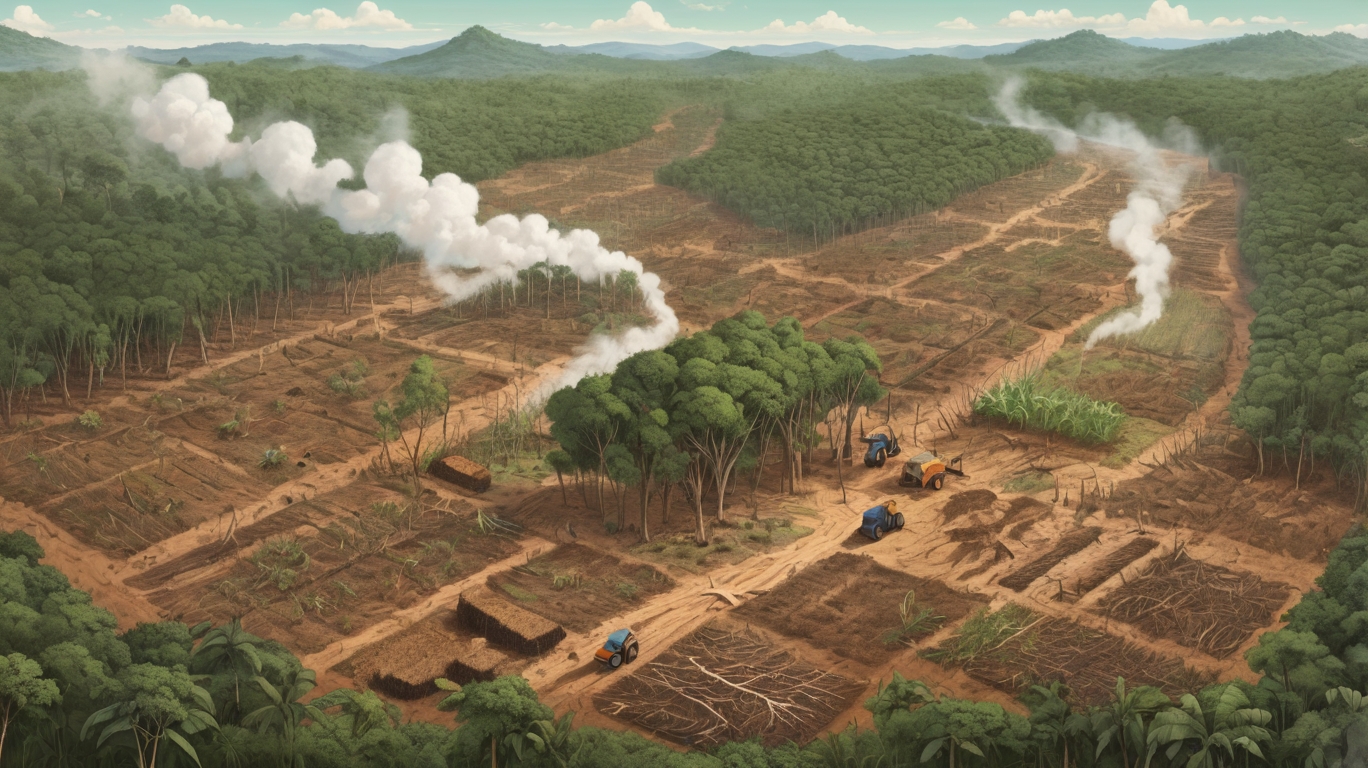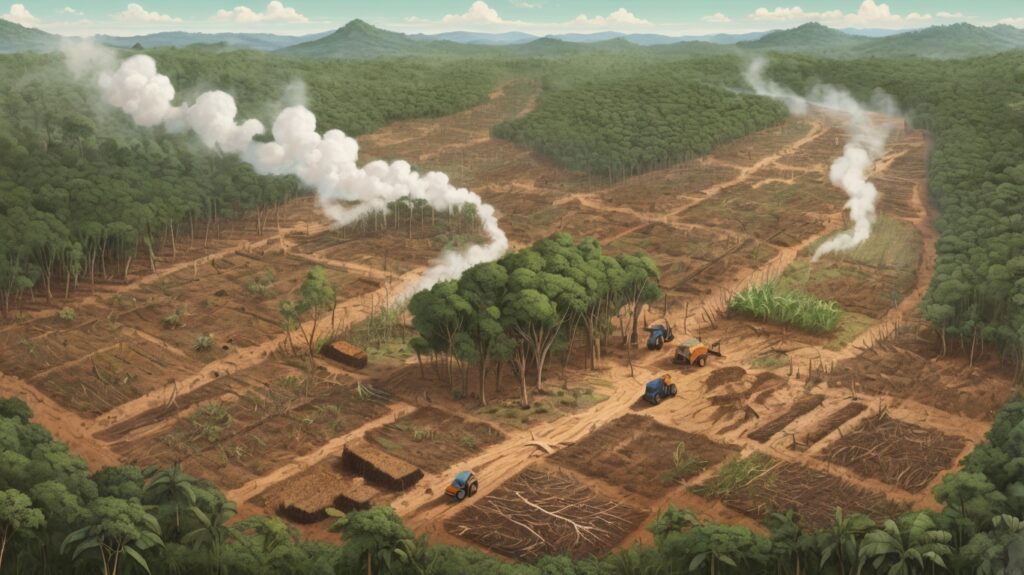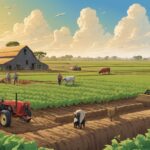The Effects of Deforestation on Agriculture
Deforestation—the large-scale removal of trees and forests—has been a growing concern for decades. While it often occurs to make way for agriculture, the long-term effects on farming and food production are complex and, at times, counterproductive. Understanding these impacts can help us make more informed decisions about land use and sustainability.

1. Soil Degradation and Erosion
Forests play a crucial role in maintaining healthy soil. Tree roots stabilize the ground, preventing erosion caused by wind and rain. When trees are removed, the exposed soil becomes vulnerable, leading to nutrient loss and reduced fertility. Over time, this can diminish crop yields, forcing farmers to rely more heavily on chemical fertilizers, which further degrade the land.
2. Disrupted Water Cycles
Trees help regulate water cycles by absorbing rainfall and releasing it slowly into rivers and groundwater. Deforestation disrupts this balance, often leading to either water scarcity or excessive runoff. In some regions, the loss of forests has contributed to droughts, making irrigation more difficult for farmers. In others, heavy rains cause flooding, washing away topsoil and damaging crops.
3. Loss of Biodiversity and Pollinators
Forests are home to countless species, many of which support agriculture indirectly. Birds, bees, and other pollinators are essential for the growth of fruits, vegetables, and nuts. When their habitats are destroyed, crop pollination declines, reducing both the quality and quantity of produce. Additionally, beneficial insects that control pests may disappear, leading to increased reliance on pesticides.
4. Climate Change and Unpredictable Weather
Forests act as carbon sinks, absorbing CO₂ from the atmosphere. Their removal contributes to climate change, which in turn affects agriculture through extreme weather events—unpredictable rainfall, prolonged droughts, and higher temperatures. These changes can disrupt growing seasons, reduce crop resilience, and threaten food security.
5. Short-Term Gains vs. Long-Term Consequences
Clearing forests for farmland can provide immediate space for crops or livestock, but the benefits are often short-lived. Without sustainable practices, the land may become unusable within years, pushing farmers to clear even more forest—a cycle that exacerbates environmental damage.
Moving Toward Sustainable Solutions
Balancing agricultural needs with forest conservation is possible. Practices like agroforestry (integrating trees with crops), reforestation efforts, and better land management can help mitigate deforestation’s negative effects. Supporting policies that protect forests while promoting sustainable farming ensures that agriculture remains viable for future generations.
Deforestation doesn’t just harm the environment—it directly impacts the stability and productivity of agriculture. By recognizing these connections, we can work toward solutions that benefit both people and the planet.
Would you like any adjustments to the tone or focus of the article?


